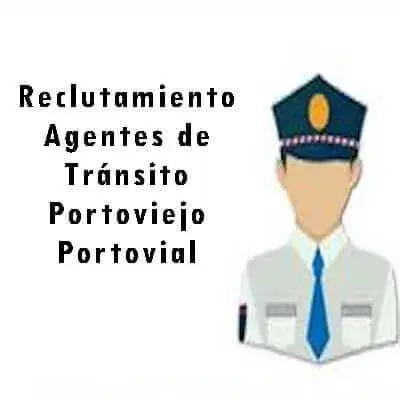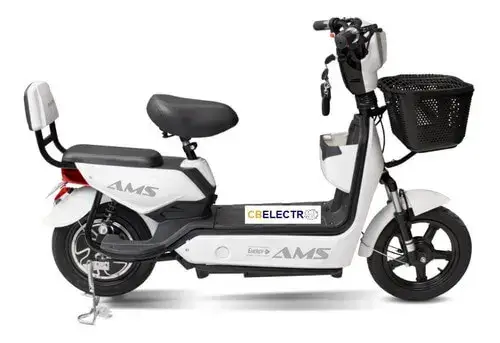Send in the army? Why one expert says that would be a ‘ludicrous’ response to rail blockades
Over seven years ago, two books written by retired lieutenant-colonel Douglas Bland offered some sobering warnings about the future of the Crown-Indigenous relationship — warnings that seem eerily prescient after the events of the past two weeks.
One book, Uprising, was a work of fiction — a well-researched tale of insurrection among impoverished young Aboriginal people rallying to a call to «take back the land.»
The second book (non-fiction) was more chilling. In factual, stripped-down prose, Bland chronicled how Canada’s Indigenous and non-Indigenous populations were on a catastrophic collision course — a reckoning long in the making that would lead to social upheaval.
That book, Time Bomb: Canada and the First Nations, described how the peaceful Idle No More movement had the potential to morph into something far more menacing — something that could exploit the country’s vulnerability to blockades by barricading the east-west freight routes that stitch the nation together.
Canada’s transportation network was at the time — and remains today — an easy target for aspiring insurgents and activists.
They know if they decided to block down railways for a long time, or if they use weapons of any kind, in any strength, that the army and the Mounties and everybody would be down their throats.– Author Douglas Bland
Although Bland has deep respect for Indigenous culture and aspirations, in his books the former chair of defence management studies at Queen University examines a looming crisis through the lens of the military and national security.
The Liberal government has insisted that the recent blockades — which have paralyzed rail traffic across the country, leading to layoffs and industrial slowdowns — can only be resolved through patient and peaceful dialogue.
That argument is wearing thin with the government’s opponents. Aspiring Conservative leadership candidate Marilyn Gladu said the military should be sent in to break up the blockades «if the RCMP can’t handle it.»
A ‘last resort’
Derek Burney, who was chief of staff to former prime minister Brian Mulroney, declared in a recent National Post article that «enough is enough» and the current government should «empower all federal law enforcement agencies, and if necessary the military, to uphold the rule of law.»
Calls to send in the army, particularly at this stage, are «ludicrous,» said Bland, who added he believes that kind of solution is «way beyond anything we need to do now, or in the future.»
The military is — and should be — the federal response «of last resort,» he said.
The army’s mission is to fight foreign enemies and terrorists, not Canada’s own citizens. Treating the blockades like a full-blown insurrection would not only be perilous, said Bland — it would ignore the real nature of the Crown-Indigenous relationship.
«There is nothing so dangerous that you have to send (the army) in,» he said.
Seven years ago, Bland said, he would have estimated the probability of an actual Indigenous uprising much higher than he does today — simply because governments have finally acknowledged Indigenous Canadians’ real grievances and have made attempts, however imperfect, at reconciliation.
An overwhelming number of First Nations leaders and their people appear to be behind the federal government in its push for a negotiated end to the current crisis. A military response, Bland said, would destroy that goodwill while setting back the growing rapprochement with Aboriginal communities.
Political aims, political options
The aim of the current wave of protests is political, said Bland, and it’s not likely the activists want (or are prepared) to escalate the confrontation into an armed conflict.
«They know if they decided to block down railways for a long time, or if they use weapons of any kind, in any strength, that the army and the Mounties and everybody would be down their throats,» he said.
«They’re not interested in getting into a war with Canada. What they want to do, like a lot of other people, is put enough pressure on the government so that the government recognizes their claims and demands.»

Joseph Norton, the grand chief of the Mohawk Council of Kahnawake, said this week that it would be easy for the Crown to dispatch the military to «do its bidding.» But the people in his community lived through the Oka Crisis in 1990, which didn’t end until after a police officer was killed.
«Nobody wants to see that again,» said Norton.
Indigenous Services Minister Marc Miller recently raised the spectre of that two-and-a-month standoff near Montreal. Thirty years ago, Miller told the House of Commons, he was a young army reservist serving alongside «four Mohawk brothers.» When the unit was ordered to Oka, the four Mohawk brothers the their unit.
«They were asked to make a difficult choice … between the country that they would lay down their life for and their families. For them, the choice was clear,» Miller said
Like Miller, many of the current crop of Canadian military leaders were junior officers at the time of Oka and remember what a divisive, dangerous time it was. Bland said he would be shocked if a chief of the defence staff ordered soldiers into an Indigenous community to put down a protest.
«Some of the officers would quit before they did that.»






